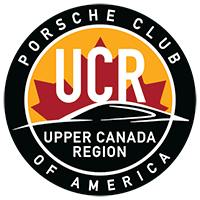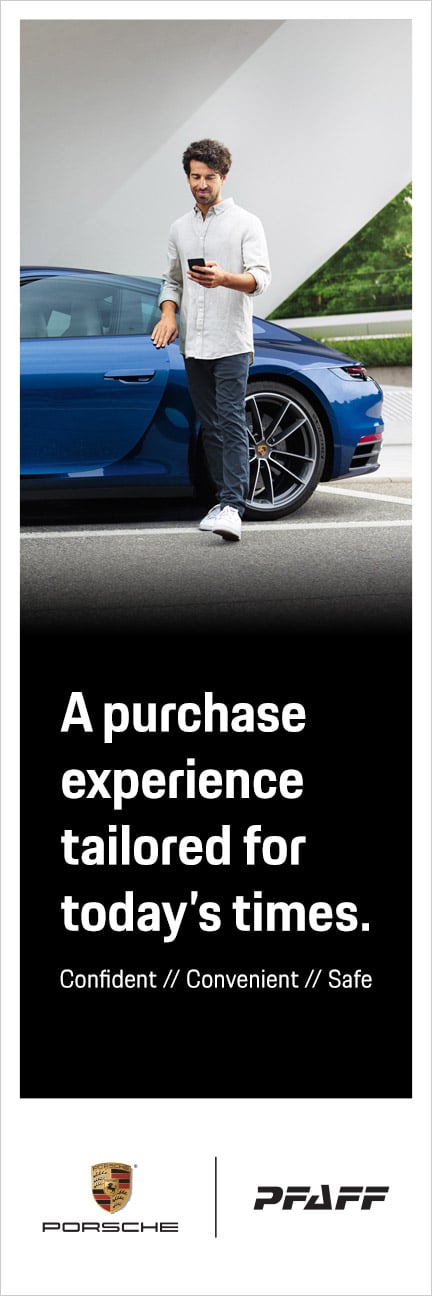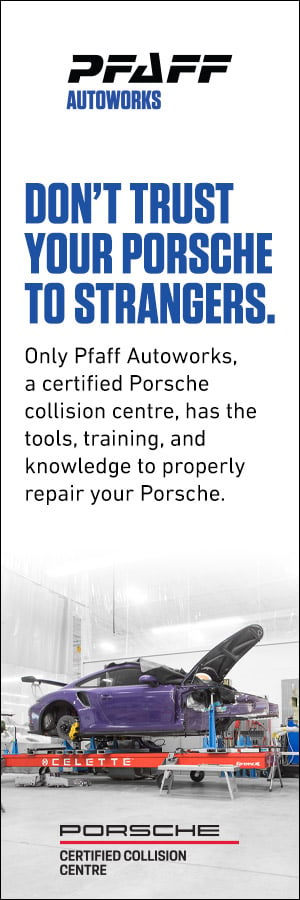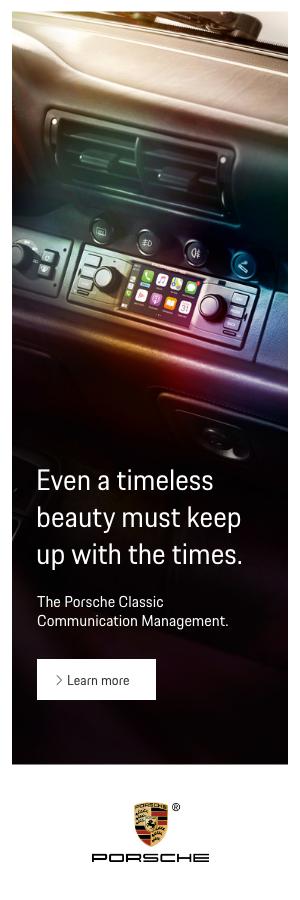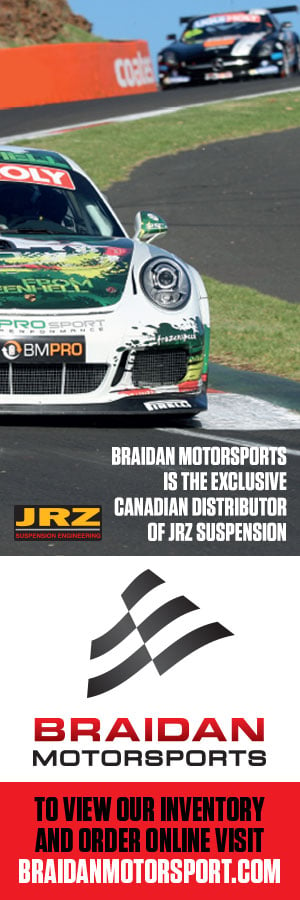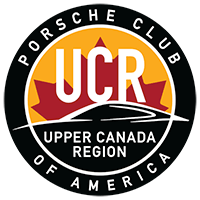FOR A PCA HPDE INSTRUCTOR, there really is no better feeling on a weekend at the track than watching something click for your student. I’ve personally found that watching a student master a difficult line, or learn to keep the car balanced with the throttle in a tricky or intimidating corner, gives me a boost that keeps me going for days afterwards, and I am willing to bet that anyone with a red wristband at one of our events would tell you the same. It’s really exciting to be sitting in the right seat for these breakthroughs, cheering our students on — so much so that before COVID-19, many of us would spend so much time riding in students’ cars on DE weekends that we would actually forget to drive ourselves.
Obviously, 2020 and 2021 have changed that. Some of us have found ways to get to the track here and there, and PCA has issued guidance on running our DE events that you likely read about right from the pages of this magazine. In 2020, when solo drivers were allowed to attend events, there was a strict policy of no passengers or instructors in cars, and everyone kept their distance in the paddock. We all felt we were making do, and I think many of us caught ourselves lapping, rather than learning or improving.
The 2021 season had a slower start than 2020, so when Track Chair Dave Osborne announced that the July CTMP event was officially going ahead, and that we would have some students joining us again, I immediately had a lot of questions. Evidently, so did the rest of the instructors, so Andy Wright and Peter Carroll taught us all how to use Zoom well enough to be seen and heard, and we peppered them with our own variations of hypothetical situations.
For instructors, this felt like a complete reset of how we approach a DE weekend. Sure, we could demonstrate a line through a corner by having our student follow us, and we could control the pace, but could we tell what was going on in the car?
I think the instructors eventually satisfied ourselves in that session that we could run a lead-follow exercise safely enough by sticking to a few simple ground rules. After all, the students we were inviting were relatively experienced.
But for instructors, this felt like a complete reset of how we approach a DE weekend. Sure, we could demonstrate a line through a corner by having our student follow us, and we could control the pace, but could we tell what was going on in the car? How can we coach a student on car feel if we’re not there feeling it ourselves? How can we coach vision without being there to monitor it? What if it rains?
Stepping back though, the lingering question I had was whether we could break the cycle of “just lapping” that more than a few of us had experienced in 2020, and whether we could really provide meaningful coaching for a student from outside the car.
I can’t speak for all the instructors at the July event, but I will say that I found that a lot of the questions I had about meaningful coaching and feedback are addressed by things that we routinely do anyway with a student over the weekend. We try to bracket a session on track by debriefing, and we set a manageable number of priorities for that session. We use examples when we’re talking about principles, we keep the language simple until it needs to be complex, we ask questions, and we honestly and enthusiastically encourage progress. The only major difference is that it isn’t happening in the car, and instead of asking how the car feels in a corner, we ask how it felt.
I know we’ll get back to riding in the right seat someday soon, and I look forward to it immensely. In the meantime, this first event of the season and first instructed event since 2019 is proof to me that we can still help students make real improvement, even though they can’t hear us cheering them on from the other car. </>
By Charlie Croskery, Driver Education Instructor
Photography by Joanne Martin
